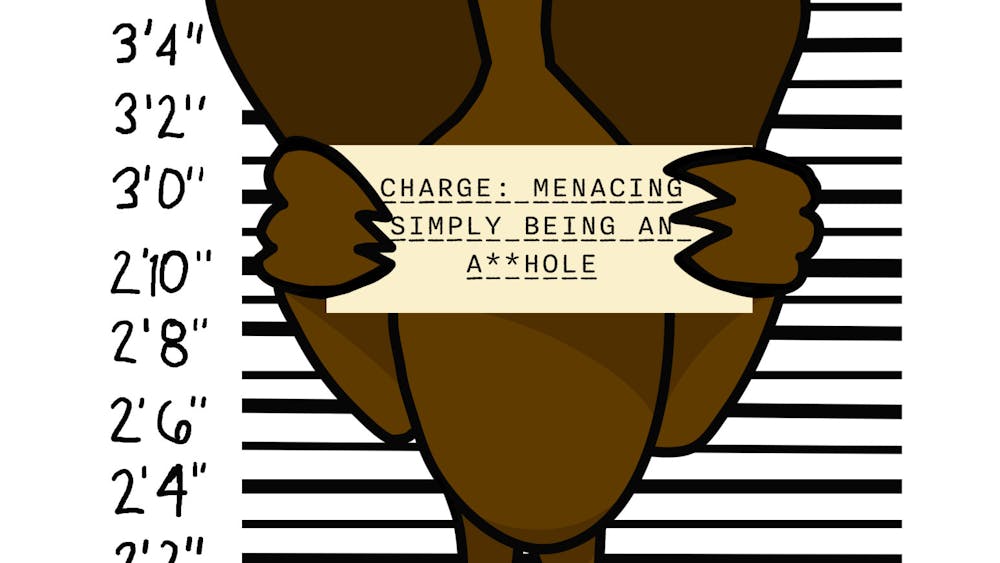Three-dimensional artist Harker shares industry experiences
Every year art is changing and developing with new technology. From all the new technologies, art is being created that could have never been made before.
Joshua Harker’s art is a great example of the way that art has changed over the years.
Harker visited CMU on Thursday for the first of three artist talks in the 2017 Stephen L. Barstow Art and Design Lecture Series, a program where students are given a "broad range of approaches to creating, thinking, and talking about art and design," according to CMU website.
The presentation was free to the public and located in Park Library Auditorium.
“I didn’t really choose to do (three-dimensional) printing,” Harker said. “I had these things I wanted to do that my path ended up being where it led.”
Harker is a 3-D printing art and sculpture artist from Chicago. He is trying to build a bridge with new technology, art and all traditional things that have been done before.
“Seeing different artists keeps students on track for each major and for what I have seen so far in my art classes, I really like them,” said Coldwater freshman Sadie Youse.
Not everything Harker has created is 3-D-printed, but it's closely tied together from his work within the digital realm. Once Harker started to do more three-dimensional work he developed a style where his hand knew exactly what he wanted to sculpt.
“I tried all kinds of things like wire, clay and waxes to try to approach what I wanted to do in an honest way.” Harker said.
arker’s art was up against the design and manufacturing threshold, where he had visions of what he wanted to make. However, the products to build them didn’t exist.
He ended up opening his own design and development firm in 1998.
In the 1990s, the very first machines started to arrive at the design firms and shops Harker was working in. Harker luckily started working with these technologies right when they were first released.
“The materials wouldn’t handle what I wanted to make and the software was math crazy with an engineering approach that felt in no way artistic,” Harker said.
When Harker's firm opened he had done a lot of work with lighting and industrial products.
He had gone through a dozen programs before he finally found a format that a 3-D printer would recognize.
Harker explained that he eventually stopped using clay and wax to start developing more commercial sculptures in the digital world — where a pattern would form.
He started to enjoy what the art community was doing. The industry side began to make the equipment but cared less about the art of the products.
“I began realizing that I need to educate people about this art and tell them what it meant, what this technique is and what it could do outside of just making stuff,” Harker said.
Harker later started making wearable art that had been displayed in London, Paris, Los Angeles, Atlanta and Russia.
“I can’t tell you how big of a deal that is to me personally — to be able to do what is in my head,” he said.
Harker later showed the audience photos of different art he made that was called two-dimensional and three-dimensional American tissue depth marker methods. He worked with anatomy for many years and has started working with CT scans and skulls.




